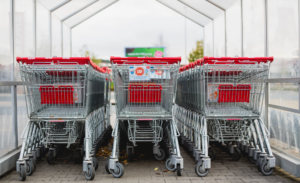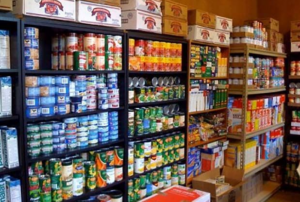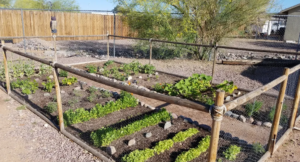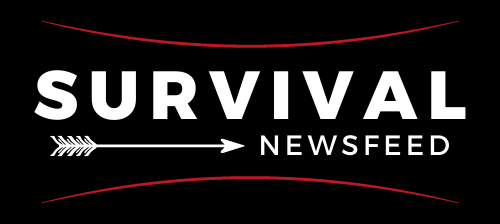These days, emergency preparedness is getting a lot of attention. In the face of natural disasters, financial uncertainty, and other threats, it’s clear that having a proper emergency food stash is an absolute necessity. But with prices for even the basics rising, how does one prepare for an emergency without breaking the bank?

The good news is that stockpiling nutritious food for an emergency is not as prohibitively expensive as one might think. With a little effort and strategic budgeting, an emergency food supply is within reach. There are ways of getting ready, both big and small, that will still make a big difference.
A great place to start is ensuring that most of your food supply is non-perishable. It’s unrealistic to assume that the electric grid will be functioning correctly in an emergency, and it’s essential to have food that won’t go bad quickly. Additionally, having a large selection of food is crucial, as one never knows how long an emergency might last.

One great way to get food for a lower price is to purchase items in bulk. Sam’s Club, Costco, and other big box stores have good deals on various items, as do local stores when they hold sales. Amazon also has great bargains, so it pays to shop around for the best deals.
A good rule of thumb is to never pay full price for anything. Be always on the lookout for bargains, savings, and discounts. Clipping coupons, utilizing in-store-only offers, and checking out special deals online are all excellent ways of saving money.
Another great way to prepare for an emergency is to grow your own food and preserve it. Fruits and vegetables can be grown in your own backyard and stored for protection during the colder months. Getting creative like this can save you a lot of money when it comes time to restock your emergency food stash.

It’s also important to pay attention to your weekly grocery bill. Just think about how much money you could save if you always made a list of exactly the items you need, chose store brands whenever possible, use digital coupons, stick to the store perimeter instead of buying heavily processed foods in the center aisles, freeze some of your meals for later use, use fewer ingredients, and purchase items when they’re on sale in bulk.
Finally, if you find an extra $50 in your wallet or want to challenge yourself, think about what you would buy to stock an empty food storage tote. I recently read an article about a grain deal that expired between Russia and Ukraine, so maybe you would choose to stock up on grains. Or perhaps you’d focus on refrigerated items like milk and cheese to have food that doesn’t have to last for months.
Ultimately, it’s important to remember that emergency preparedness doesn’t have to be expensive. A little conscious decision-making and creative food storage solutions will go a long way towards getting you ready for the unknown.


